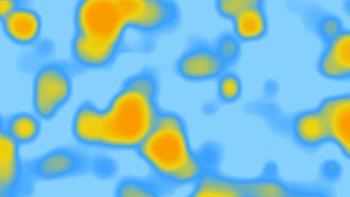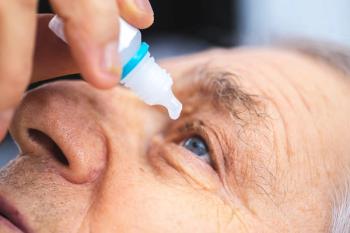
Aldeyra submits third reproxalap new drug application for the treatment of dry eye disease
Aldeyra resubmits NDA for reproxalap, aiming to address FDA concerns and demonstrate efficacy in treating dry eye disease symptoms.
Aldeyra Therapeutics has resubmitted a new drug application (NDA) to the FDA for topical ocular reproxalap for the treatment of signs and symptoms of
Previously, Aldeyra had received 2 complete response letters (CRL) from the FDA in
In the NDA issued in April 2025, again the FDA found no manufacturing or safety issues with reproxalap but noted the NDA “failed to demonstrate efficacy in adequate and well-controlled studies in treating ocular symptoms associated with dry eyes” and that “at least 1 additional adequate and well-controlled study to demonstrate a positive effect on the treatment of ocular symptoms of dry eye” should be conducted, mirroring the prior CRL.
Additionally, in the most recent CRL, the FDA noted that it had identified “concerns with the data from the trial submitted to the NDA [in November 2024] that may have affected interpretation of the results,” which the FDA stated may be related to methodological issues, including a difference in baseline scores across treatment arms.
The most recent NDA includes new clinical data from the
As previously reported,3 the FDA accepts chamber trial results per its draft guidance for dry eye drug development, but they are rare for dry eye clinical trials. Also called a challenge-model trial, this trial design uses a controlled chamber to regulate temperature, airflow, humidity, and other environmental factors.2 All other dry eye disease therapeutics on the market today have used a more traditional environmental exposure study, marking Alderya’s trials as particularly unique.
Todd C. Brady, MD, PhD, president and CEO of Aldeyra, commented on the resubmission in a news release from the company.
“Consistent with a number of clinical trials that suggest the potential of reproxalap to rapidly improve the symptoms of dry eye disease, we believe the clinical trial results included in the resubmission announced today are robust,” said Brady. “Based on the lack of notable baseline differences across treatment arms and the highly statistically significant achievement of the prespecified primary end point in favor of reproxalap over vehicle, in conjunction with recent FDA discussions, we believe that previous concerns raised by the FDA have been addressed.”
The Prescription Drug User Fee Act target guidelines for NDA resubmissions include acknowledgment of acceptance for review within 30 days of submission by the FDA and completion of submission review within 6 months.
References
- Aldeyra Therapeutics Resubmits Reproxalap New Drug Application for the Treatment of Dry Eye Disease. Published June 17, 2025. Accessed June 17, 2025.
https://ir.aldeyra.com/news-releases/news-release-details/aldeyra-therapeutics-resubmits-reproxalap-new-drug-application-0 - FDA issues Complete Response Letter to Aldeyra Therapeutics for resubmitted New Drug Application of reproxalap. Published April 3, 2025. Accessed June 17, 2025.
https://www.ophthalmologytimes.com/view/fda-issues-complete-response-letter-to-aldeyra-therapeutics-for-resubmitted-new-drug-application-of-reproxalap - Maharjan EK. Aldeyra Therapeutics hits primary end point in 1 of 2 phase 3 trials for reproxalap. Published May 7, 2025. Accessed June 17, 2025.
https://www.ophthalmologytimes.com/view/aldeyra-therapeutics-hits-primary-end-point-in-1-of-2-phase-3-trials-for-reproxalap
Newsletter
Want more insights like this? Subscribe to Optometry Times and get clinical pearls and practice tips delivered straight to your inbox.








































